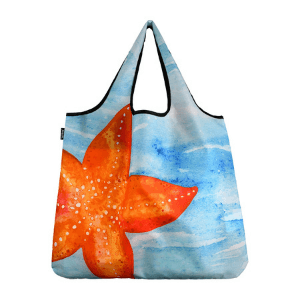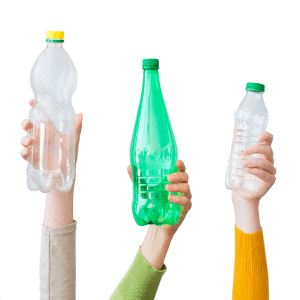With increasingly environmental disasters taking place, we must look at how we relate to products, lifestyles, and products we buy or sell. It’s not an easy task, and it cannot be done only by government order.
Our planet is in crisis and would benefit from more help, and we all should get involved. It was long overdue that we learn how to reduce, reuse, and recycle the products we buy.
Despite the efforts of many organizations involved in this cause, society has not done enough. Maybe we feel paralyzed by lack of knowledge, economic issues, or misinformation, but it doesn’t need to be this way: ask, learn, and get engaged.
Recently, we have been talking a lot about this. And as we get together to introduce a new product line, we decided that it is time to better align our products to the changes we want to see in the world. Of course, this change includes the kind of products we will be selling on our site.
Then environmental concern came up as the main issue. We recognized that some products are what they are, and at this moment, there is not much we can do to replace them with something more eco-friendly. We wish we had more options.
Nevertheless, we are introducing a new line of products that we believe can somehow help the ecosystem as we search for more environmentally friendly products.
One way of reducing the impact of waste on the planet is to reuse some of our products. So instead of buying a new product, ask yourself how you can modify it so that it can be reused or repurposed.
Several people already do this—from repurposing old dressers as new furniture to joining groups that share unwanted but good items.
If you haven’t already done so, cover, paint, and repurpose your ugly furniture, luggage, etc. Also, consider replacing your plastic bags with reusable ones. There are many fashionable, foldable, and reusable styles available.
Although it appears against business basics, we are asking you to consume less. However, consuming less does not mean you will no longer buy. On the contrary, you will still buy, but as an informed consumer.
As a result of these goals, we are launching many new products, from luggage covers to reusable and eco-friendly bags.
Through our research, however, we found some excellent information on the topic. And since sharing is caring, here are some ways you can get involved:
1. Educate Yourself on How to Recycle Everything
It should be reasonably straightforward to recycle most things now. Nonetheless, this is far from the truth. Many of us are still unsure of what and how to recycle certain items. Fortunately, there are many websites where one can find accurate information. For instance, government agencies, non-profit organizations, and many others.
And if you live in California and are thinking of what else you can do to help this cause, inform yourself by visiting https://www.calrecycle.ca.gov/. This site is excellent, and it has tons of information about recycling and ways of getting engaged in helping to reduce waste, proper methods of recycling, and laws and regulations.
Some of the information on these sites will surprise you. This experience taught me a lot about waste and how to sort and discard it properly. However, while trying my best to make a difference, recycling was not possible in some cases.
2. Be Thoughtful of The Things You Donate.
Donate good, valuable goods, but please don’t donate waste. Unfortunately, items that should be wasted instead of recycled are ending up in countries that don’t have the resources to recycle them properly. Instead of helping these communities, we are creating more problems. Most of these items will end up on our oceans, rivers, and more. Thus, learn what can be used again. For example, stained, unusable clothes or broken, damaged appliances are not welcomed in these communities.
Even in the US, thrift stores are asking the public to be conscious of donations, as they are experiencing many problems with the higher costs of garbage disposal.
It’s not that difficult to learn what you can or cannot do in terms of recycling.
3. Share Your Environmental Creativity (According to Guidelines)
Spread the word about how you have reduced, reused, and recycled items in your home or business so that others can learn from you. We all have our ways of organizing our recycling, how to dispose of waste, and more. As long as we follow the government agency’s guidelines, our creativity can incentivize others to do the same. So, use your blogs and social presence to share more of this type of information. You might be surprised by how many people will like your ideas and want to share them!
Ultimately, environmental challenges affect us all. We can’t simply expect the government and other organizations to solve this. The issue is also part of a broader social problem with deep roots. We should all get involved in saving the planet, even when it means reviewing company goals, redesigning products, or simply changing how we shop!







